A series of short updates from around the PEC region.
Our Region
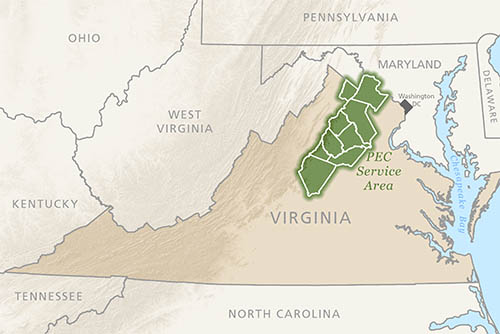 PEC focuses on nine counties and one city in the northern Piedmont of Virginia: Albemarle, Charlottesville, Clarke, Culpeper, Fauquier, Greene, Loudoun, Madison, Orange, and Rappahannock.
PEC focuses on nine counties and one city in the northern Piedmont of Virginia: Albemarle, Charlottesville, Clarke, Culpeper, Fauquier, Greene, Loudoun, Madison, Orange, and Rappahannock.
We also team with local organizations to promote thriving communities and healthy natural resources in a much larger region, including the Shenandoah Valley, the central Piedmont, and the Journey Through Hallowed Ground Corridor. In addition, we are proud to serve as fiscal sponsor of the Coalition for Smarter Growth, an organization that focuses on land use and policy in the greater Washington D.C. area.

Who’s Protecting the Piedmont?
Here, we highlight two of those people, who are protecting the Piedmont with a passion and focus on stemming the decline of our once-abundant grassland birds.
Cville Area Land Use: Week Ahead for March 11, 2024
Budget work sessions in most TJPDC localities; Charlottesville’s FY25 plan calls for more funding for non-profits
Cville Area Land Use: Week Ahead for March 4, 2024
Fluvanna may eliminate use of rural land for utility-scale solar projects; Local contractor wants Albemarle to pay more for Ivy Road project
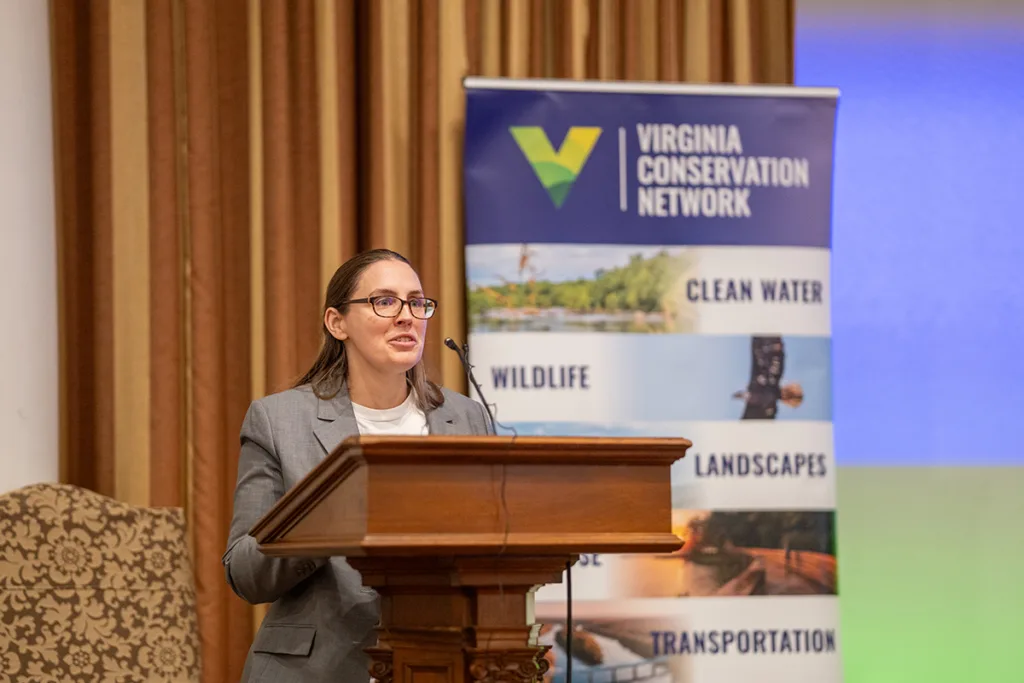
A Mixed Bag at the General Assembly
This has been a very busy, and challenging, legislative session.
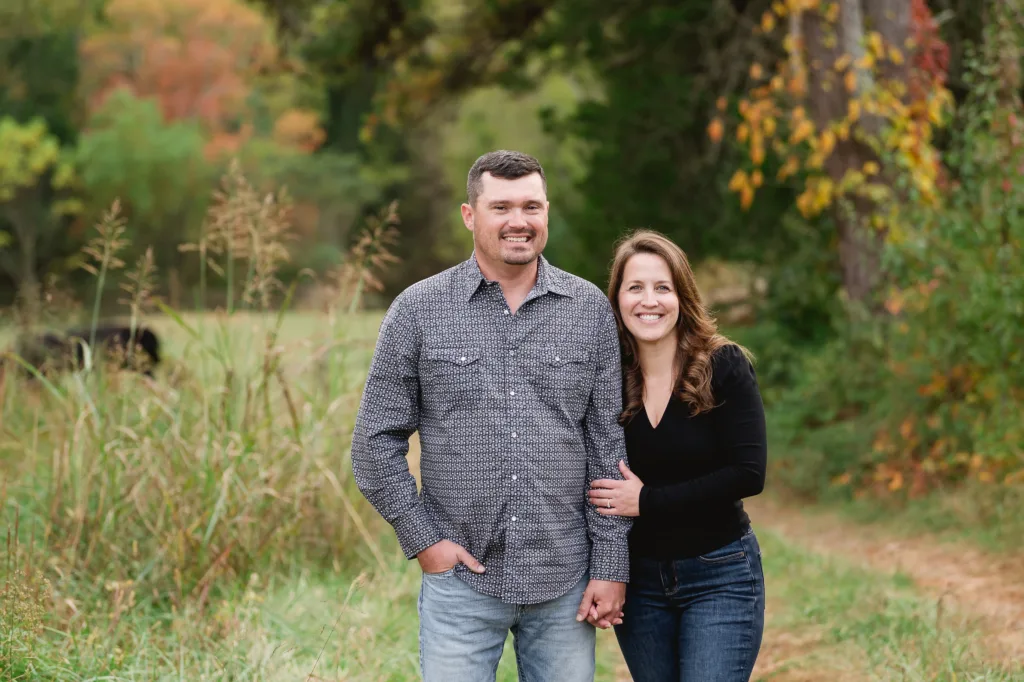
Long Acre Farm: A Creative Solution for a Farming Conundrum
In Greene County, young Dustin Watson works the 274-acre cattle farm co-owned by two elder family members.
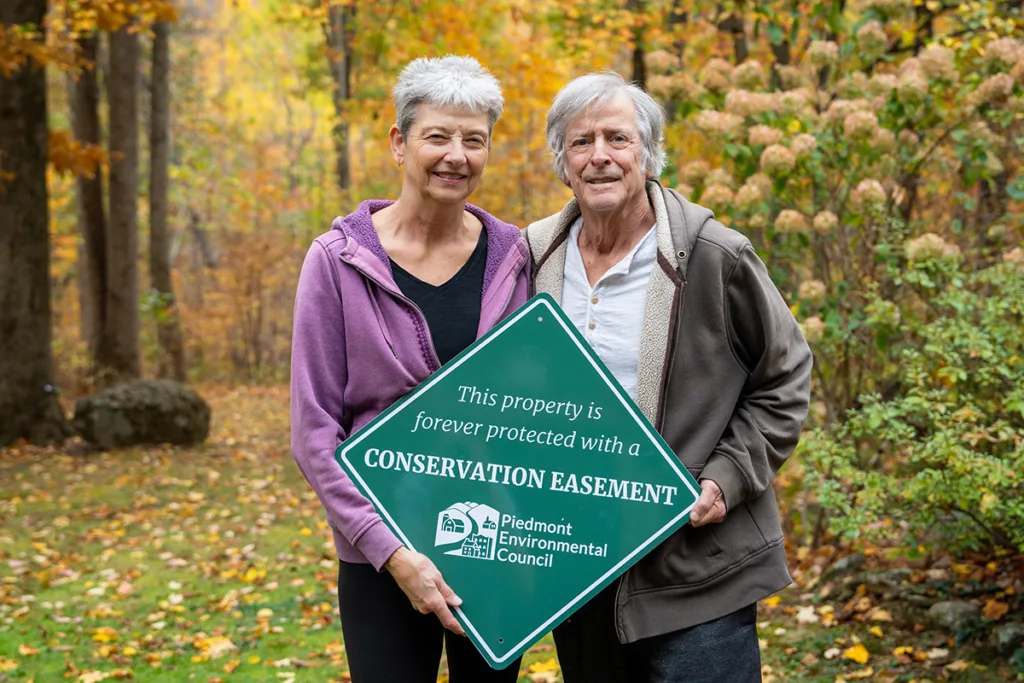
Conservation Stories Across the Region: Beth Plentovich and Howie Kelly, Protection Through Perseverance
Beth Plentovich and Howie Kelly know the true importance of relentless incrementalism for achieving exponential results.
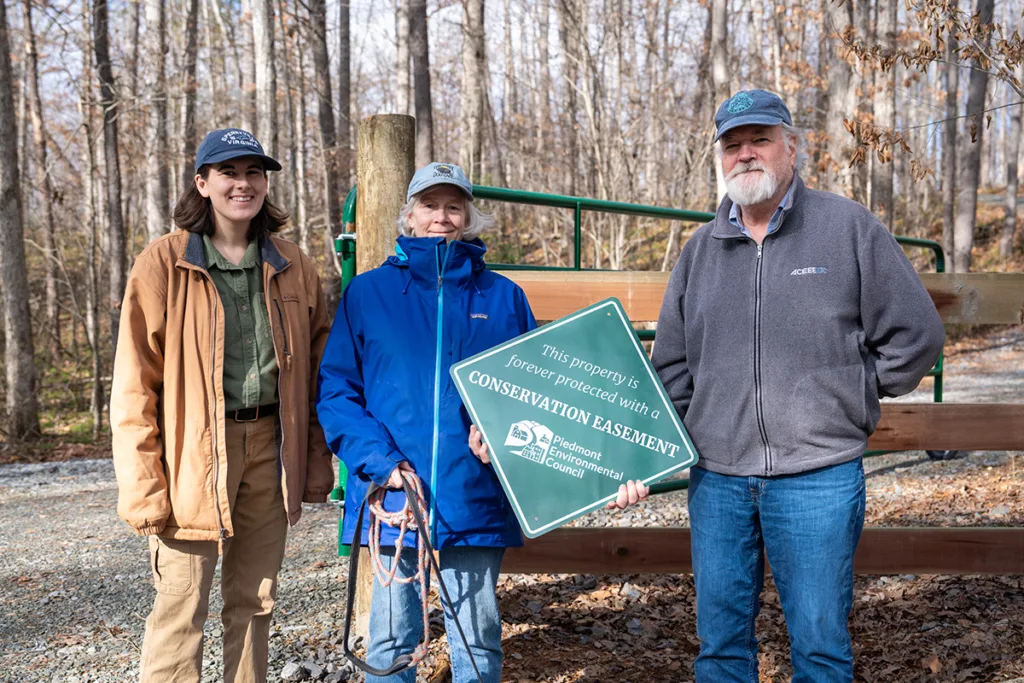
Conservation Stories Across the Region: Anne & Dru Crawley, Filling in the Missing Piece
Walking along the gravel driveway of Anne and Dru Crawley’s property, five miles from the village of Amissville, I recognized immediately the significance of this 63-acre stretch of land.
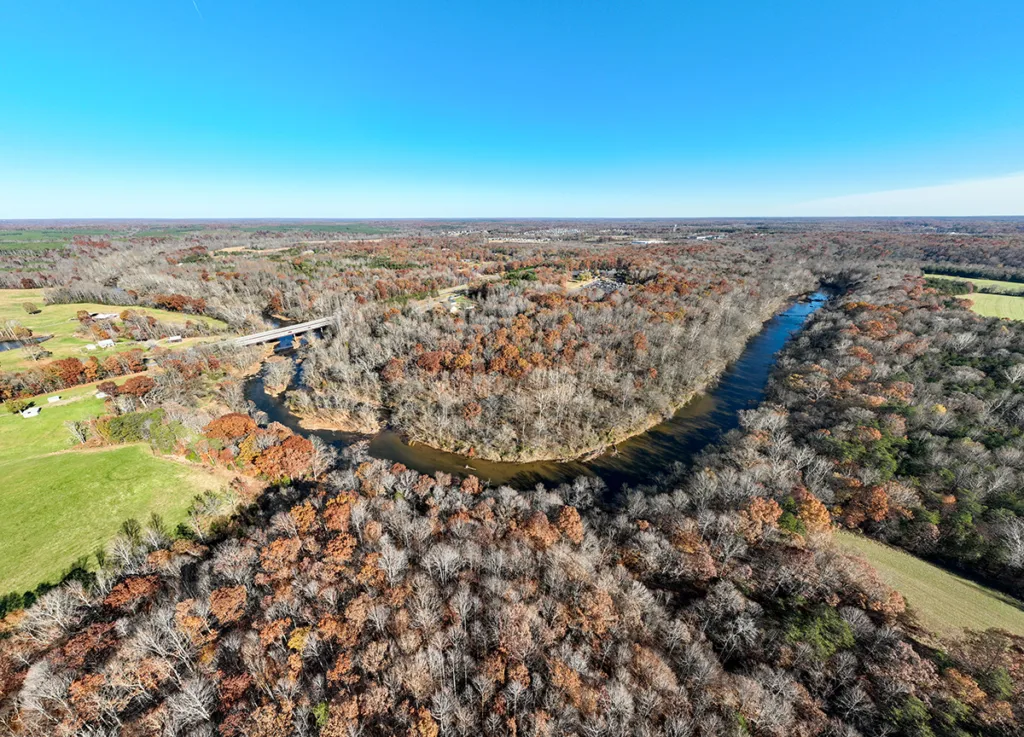
Conserving a Cultural Crossroads
On Oct. 27, 2023, Historic Germanna’s executive director, Jennifer Hurst Wender, and board president, Keith Hoffman, signed a perpetual open-space easement on Siegen Forest.
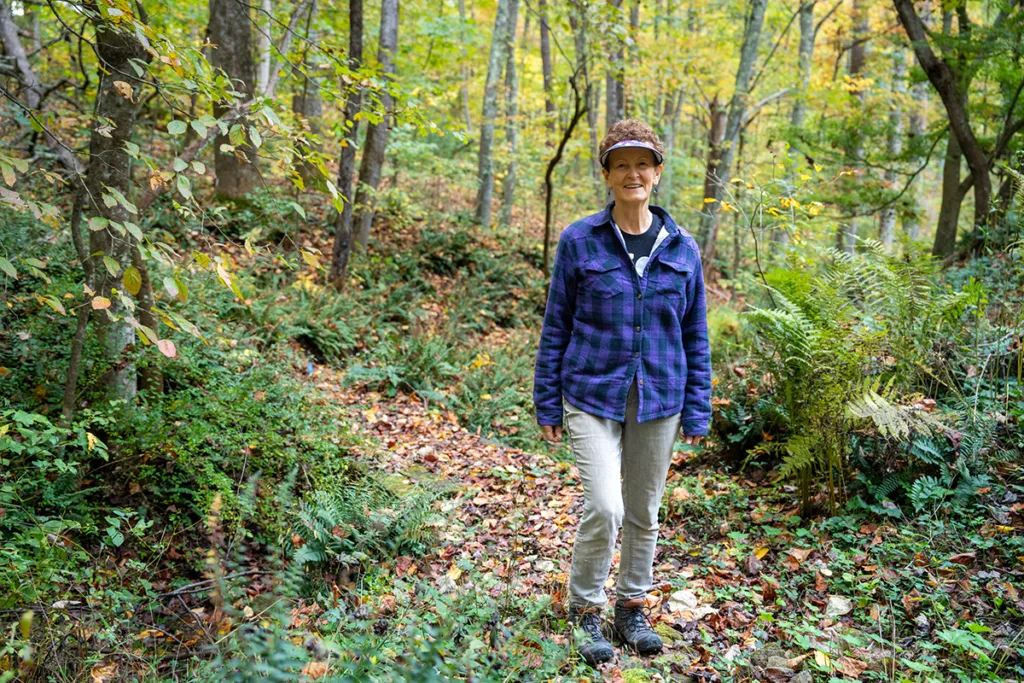
A Conservation Journey in Madison County
Carolyn Smith’s Madison County property has been on quite the journey since her parents first purchased the former cattle operation in 1965. Donating a 129-acre conservation easement in late 2023 came on the heels of decades of successful land stewardship by Carolyn, her parents, and a community of partners who have worked to restore and repair the land for wildlife habitat, pollinators and native plants.
